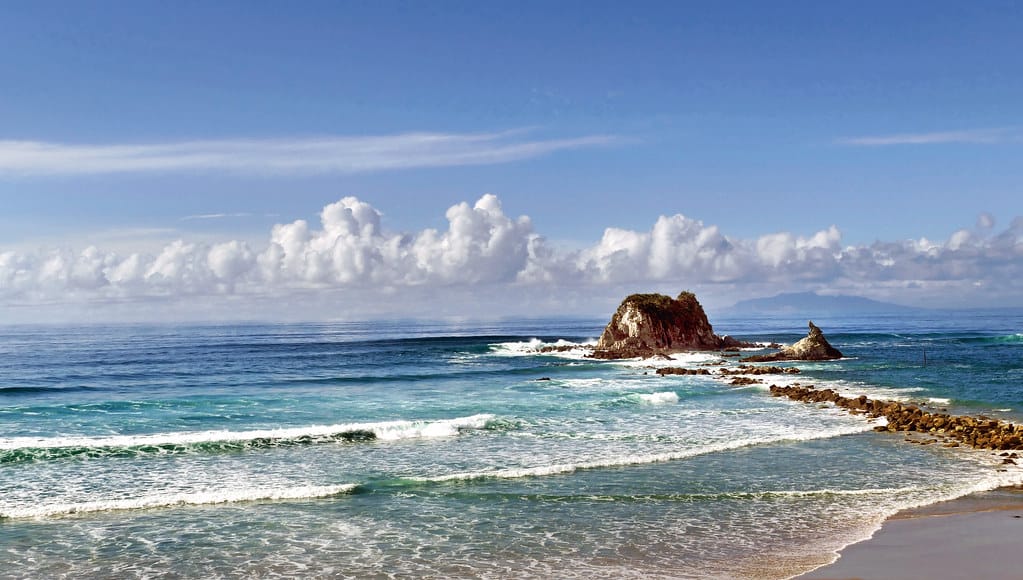Historic Ocean Treaty Finally Crosses the Finish Line, Offering Hope for Marine Conservation
After nearly two decades of negotiations, the world's first comprehensive treaty to protect life in international waters has cleared its final regulatory hurdle, marking a watershed moment for ocean conservation. The High Seas Treaty, formally known as the Biodiversity Beyond National Jurisdiction (BBNJ) agreement, entered into force in December 2024 after securing ratification from the required 60 countries.
This landmark achievement comes at a critical time when scientists estimate that less than 1% of the high seas—waters beyond any nation's jurisdiction that cover nearly half the planet—currently receive meaningful protection.
What the Treaty Actually Does
The High Seas Treaty establishes a legal framework to create marine protected areas (MPAs) in international waters, covering roughly 230 million square miles of ocean that previously existed in a regulatory gray zone. The agreement empowers an international body to designate no-take zones, restrict fishing activities, and limit deep-sea mining in ecologically sensitive areas.
Key provisions include:
- Authority to establish MPAs covering up to 30% of international waters by 2030
- Mandatory environmental impact assessments for commercial activities
- Technology and knowledge-sharing mechanisms for developing nations
- Funding mechanisms to support conservation efforts in poorer countries
The Long Road to Agreement
The treaty's journey began in 2004 when the United Nations first acknowledged the need for better high seas governance. Formal negotiations launched in 2018, but progress stalled repeatedly over disagreements about enforcement mechanisms, funding responsibilities, and how to balance conservation with commercial interests.
The breakthrough came in March 2023 when negotiators finally reached consensus after a marathon 38-hour session in New York. However, the real work began afterward as countries needed to ratify the agreement domestically—a process that required navigating complex domestic politics and legislative procedures.
The European Union led ratification efforts, with countries like Chile, Belize, and Seychelles among the first to formally approve the treaty. The United States, despite supporting the negotiations, has yet to ratify due to congressional gridlock, though the Biden administration has indicated strong support.
Why This Matters Now
Marine scientists have documented alarming declines in ocean health over the past several decades. Commercial fishing has reduced large fish populations by 90% since 1950, while climate change has triggered widespread coral bleaching and altered ocean chemistry through acidification.
Dr. Kristina Gjerde, a high seas policy expert who advised negotiators, calls the treaty "the most significant conservation agreement since the Paris Climate Accord." The timing proves crucial as new threats emerge, particularly from deep-sea mining companies eyeing the ocean floor for rare earth minerals needed in renewable energy technologies.
Recent studies show that high seas biodiversity hotspots—areas with exceptional marine life diversity—overlap significantly with proposed mining zones. The treaty provides tools to protect these areas before irreversible damage occurs.
Implementation Challenges Ahead
While the treaty's entry into force represents a major victory, experts caution that effective implementation will require substantial resources and political will. The agreement establishes a new international body to oversee compliance, but enforcement in vast ocean areas remains logistically challenging.
Funding presents another hurdle. Developing nations successfully negotiated provisions requiring technology transfer and financial support, but wealthy countries have yet to commit specific amounts. The treaty calls for a "fair and equitable" sharing of benefits from marine genetic resources—potentially valuable for pharmaceutical development—but details remain murky.
Some maritime industries have expressed concerns about regulatory uncertainty and compliance costs, though environmental groups argue that clear rules will ultimately benefit responsible businesses by leveling the playing field.
A New Chapter for Ocean Protection
The High Seas Treaty represents more than just another international agreement—it signals a fundamental shift toward treating the ocean as a global commons requiring collective stewardship rather than a free-for-all resource extraction zone.
With climate change accelerating ocean degradation, this treaty provides essential tools for protecting marine ecosystems that regulate global weather patterns, absorb carbon dioxide, and support billions of people who depend on ocean resources for food and livelihoods.
The real test now lies in implementation. Success will require sustained political commitment, adequate funding, and the development of enforcement mechanisms that can operate effectively across the world's most remote waters. For ocean advocates who have worked decades toward this moment, the treaty's entry into force marks not an ending, but the beginning of an even more challenging phase of turning legal frameworks into real-world protection for the blue heart of our planet.

